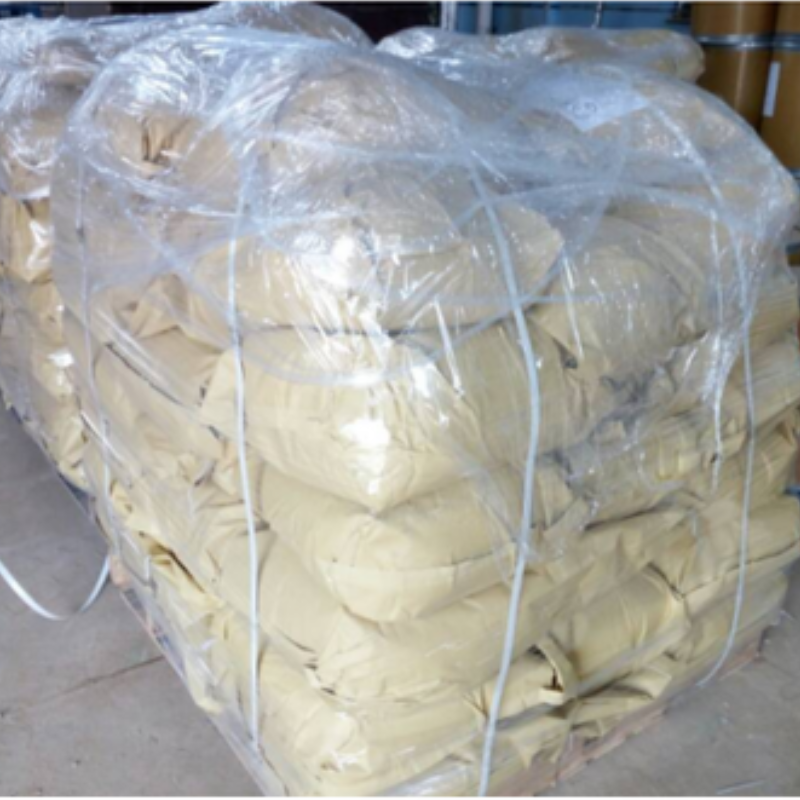Many farmers have experienced phytotoxicity when using mancozeb due to improper selection of the product or incorrect application timing, dosage, and frequency. The mild cases result in leaf damage, weakened photosynthesis, and poor crop growth. In severe cases, drug spots (brown spots, yellow spots, net spots, etc.) form on the fruit surface and leaf surface, and even cause oversized fruit dots, rough fruit surface, and fruit rust, seriously affecting the commercial value of the fruit, causing heavy losses to farmers. Through summary, it is found that the main reasons for the phytotoxicity are as follows:
1. Unqualified mancozeb products lead to high incidence of phytotoxicity.
Qualified mancozeb should be a manganese-zinc complex of mancozeb acid produced by a thermal complexation process. There are some small enterprises and counterfeiters in the market whose products cannot be called mancozeb in essence. Due to the limitations of production equipment and technology, only a small part of the products of these small enterprises can be complexed into mancozeb, and the majority are mixtures of mancozeb and zinc salts. These products have a dull color, high impurity content, and are prone to degradation when exposed to moisture and heat. Using these products is highly likely to cause phytotoxicity. For example, using inferior mancozeb during the young fruit stage of apples can affect the deposition of wax on the fruit surface, causing damage to the fruit peel and resulting in circular phytotoxicity spots, which expand as the fruit develops.
2. Blind mixing of pesticides affects the safety of mancozeb use.
When mixing pesticides, multiple aspects such as the active ingredients, physical and chemical properties, control effects, and target pests should be considered. Blind mixing not only reduces the efficacy but also increases the risk of phytotoxicity. For instance, the common practice of mixing mancozeb with alkaline pesticides or heavy metal compounds containing copper can reduce the efficacy of mancozeb. Mixing mancozeb with phosphate products can lead to the formation of flocculent precipitates and the release of hydrogen sulfide gas.
3. Improper selection of spraying time and arbitrary adjustment of spraying concentration increase the risk of phytotoxicity.
In actual use, many farmers like to reduce the dilution ratio to the concentration specified in the instructions or even use a concentration much higher than the recommended one in order to enhance the efficacy. This increases the risk of phytotoxicity. At the same time, farmers mix multiple pesticides for synergistic effects, only paying attention to the different trade names but ignoring the active ingredients and their contents. During the mixing process, the dosage of the same active ingredient accumulates, and the concentration of the pesticide increases indirectly, exceeding the safe concentration and causing phytotoxicity. Using pesticides under high-temperature conditions increases the activity of the pesticide. Spraying high-concentration pesticides increases the risk of phytotoxicity.
4. The quality of the product affects the safety of mancozeb.
The fineness, suspension rate, wetting property, and adhesion of mancozeb particles affect the efficacy and safety of the product. Some enterprises’ mancozeb products have deficiencies in technical indicators such as fineness, suspension rate, and wetting property due to production process limitations. During actual use, the phenomenon of pesticide layering and sedimentation blocking the nozzle is common. The sedimentation of the pesticide during spraying causes inconsistent concentration during the spraying process, resulting in insufficient efficacy at low concentrations and phytotoxicity at high concentrations. Poor adhesion of the pesticide, combined with large amounts of water used for spraying, causes the pesticide to not spread well on the leaf surface, leading to accumulation of the pesticide solution at the leaf tips and fruit surface, resulting in local high concentrations and phytotoxicity spots.
Post time: Nov-22-2025




